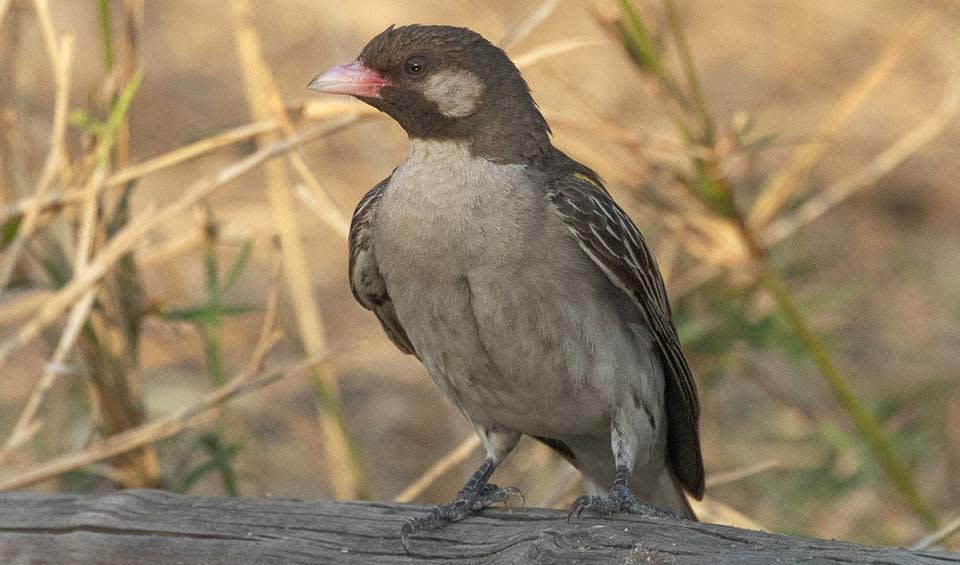Indicatoridae – Honeyguides
Masters at annihilating the nests of bees with extreme efficiency
These small to medium-sized birds are primarily found in sub-Saharan Africa, with a few species extending into the Middle East and Asia. These birds typically range from 10 to 20 cm (4 to 8 inches) in length and are known for their unique relationship with humans and certain mammal species, guiding them to beehives in the wild.
The plumage of honeyguides is generally understated yet functional, blending seamlessly into their environment. It consists primarily of olive greens, greys, browns, black, and white, with some species sporting subtle hints of yellow. This camouflaged coloring is critical for their survival, as it helps them avoid predators and maintain the element of surprise when approaching beehives. Sexual dichromatism, where males and females display different color patterns, is rare in the family but can be seen in species like the Greater Honeyguide (Indicator indicator) and the Lyre-tailed Honeyguide.
Honeyguides have evolved several unique physical traits that aid in their niche lifestyle. Their bills are small but robust, designed to scrape beeswax and probe for insects within tree bark. They have specially adapted nostrils with elevated rims, which protect the birds from beeswax, honey, and other substances they encounter while raiding beehives. This adaptation is crucial as it enables honeyguides to feed on beeswax, a food source inaccessible to most other bird species.
The birds’ tails are usually long and sport distinctive white markings or bars that become conspicuous during flight. These patterns serve multiple purposes, including being a visual cue for young birds and playing a role in courtship displays. The claws and toes of honeyguides are another point of adaptation; they are long, hooked, and robust, allowing the birds to easily cling to the sides of trees and other vertical surfaces. The zygodactyl foot arrangement, with two toes pointing forward and two backward, is a feature they share with woodpeckers and other members of the Piciformes.
Genera in this family
This genus contains the birds that guide humans to honeycombs


